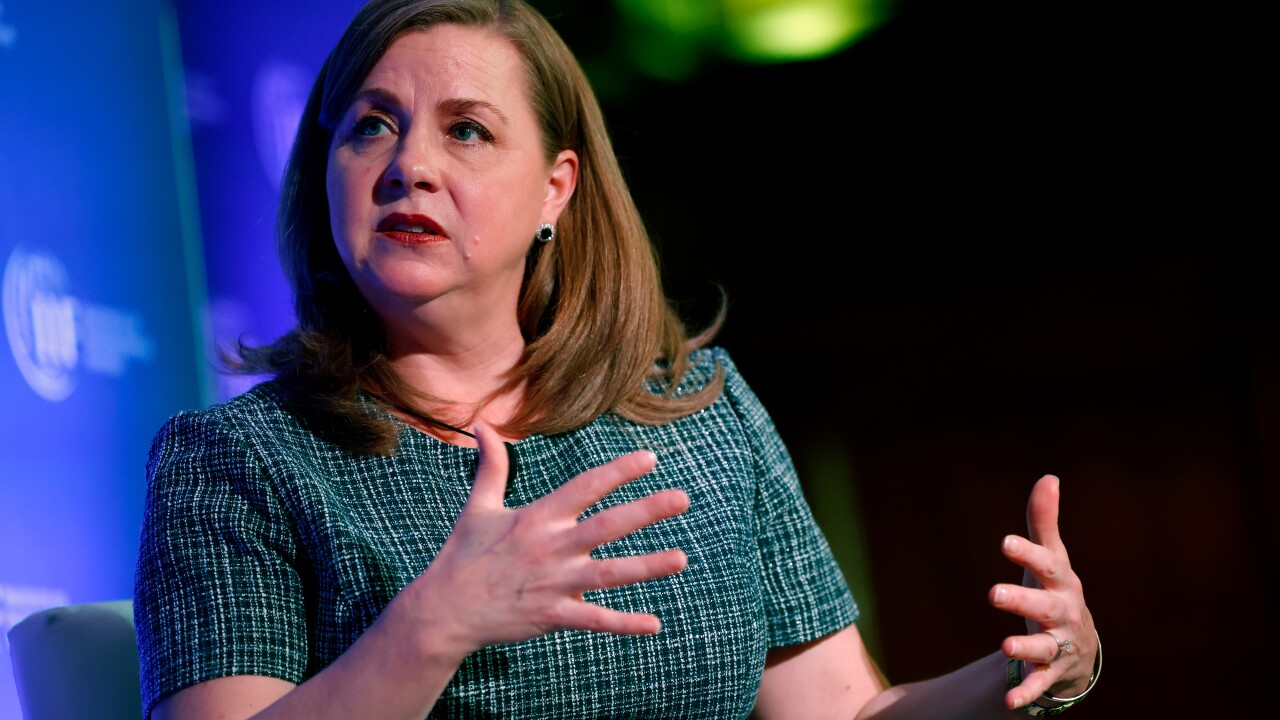
Introducing the top 10
CU Journal's recent coverage on how credit unions are tackling opportunities in the CDFI space

Louisiana: 21 CDFI-certified credit unions.

Florida: 19 CDFI-certified credit unions.

Michigan: 19 CDFI-certified credit unions.
- Communicate to our credit unions in multiple ways several times a year about the benefits of LID and CDFI and about NCUA’s streamlined application process
- Monitor Newsletter, Contact Magazine
- Through League Representatives and Chapter Leaders
- Individual email contact with LID CUs in Michigan to inform about benefits and process
- Our website page with links:
- Education sessions about the benefits of LID and CDFI and about the NCUA’s streamlined application process
- We brought in an NCUA official for a session at our September 2017 Fall Leadership Development Conference – “Leveraging the Low-Income Designation and CDFI Certification”
- We brought in representatives from the National Federation of Community Development Credit Unions for an educational session at our 2018 Lending & Marketing conference and also held a roundtable meeting with the Federation for credit unions that are CDCUs or wish to become CDCUs."
I am not sure of other reasons why Michigan has a higher portion but would guess that it has to do with the economic situation in the past decade where much of the state has been considered low income and many of our credit unions have a deep mission to help underserved people, families and communities." - Beth Troost, Executive Director, Michigan Credit Union Foundation.

Missouri: 19 CDFI-certified credit unions.

New York: 18 CDFI-certified credit unions.
Separately, New York has a CDFI coalition that supports the state’s CDFI organizations under the federal program.
The last disbursement from the Community Development Capital Initiative was September 2010. It appears as though most CDFI credit unions in New York at that time took advantage of the TARP-like capital support for their institutions so that they could continue to support their members." - Linda Bow, Director of Compliance, NYCUA

Texas: 18 CDFI-certified credit unions.

California: 16 CDFI-certified credit unions.
One thing of note: though a few credit unions on the list became certified more recently, many have been LICU and CDFI credit unions for a number of years. It is not an easy process for credit unions to become certified with this designation. However, credit unions generally undertake this process to become CDFIs with the goal of wanting to serve their members better by having access to CDFI awards/grants which can be used for various credit union programs and services." - Rita Fillingane, Vice President of Research & Collaboration. California Credit Union League

Washington: 12 CDFI-certified credit unions.
What makes Washington unique is not only the fact that there is a large number of CDFI Credit Unions but the fact that those mission-aligned credit unions have the certification and have been able to leverage that certification to win competitive grants and provide tangible member benefits. As their trade association, we are happy to help guide them through the certification process. We also offer a partnership through our Strategic Link, which connects credit unions to Scott Butterfield at Your Credit Union Partner." - John Trull, AVP of Regulatory Advocacy, Northwest Credit Union Association

Illinois: 11 CDFI-certified credit unions.
Ranging in size from $500,000 to over $1 billion, credit unions in Illinois certified as CDFIs share a common mission – a drive to serve the underserved and meet the needs of low income individuals in their communities. With innovative products, such as second chance checking, scholarships, credit builder loans and financial counseling, our CDFIs are focused on fighting poverty and providing a pathway to financial freedom for their members and communities they serve.
The number of CDFI’s in Illinois is not driven by regulatory factors but rather determination, on the part of individual credit unions, to address financial challenges in their communities and offer solutions.
A few of the CDFI designated CUs take advantage of NCUA and CDFI funding as they expand their reach in serving low-income in their communities. I’m not aware of any other funding." - Anna Hauck, Manager of Member Services, Illinois Credit Union League

North Carolina: 11 CDFI-certified credit unions.
Those familiar with North Carolina's conditions have commented that the state not only experiences slower recovery in bouts of recession, but also that the state is unable to recover due to systemic barriers that further racial and gender disparities.




